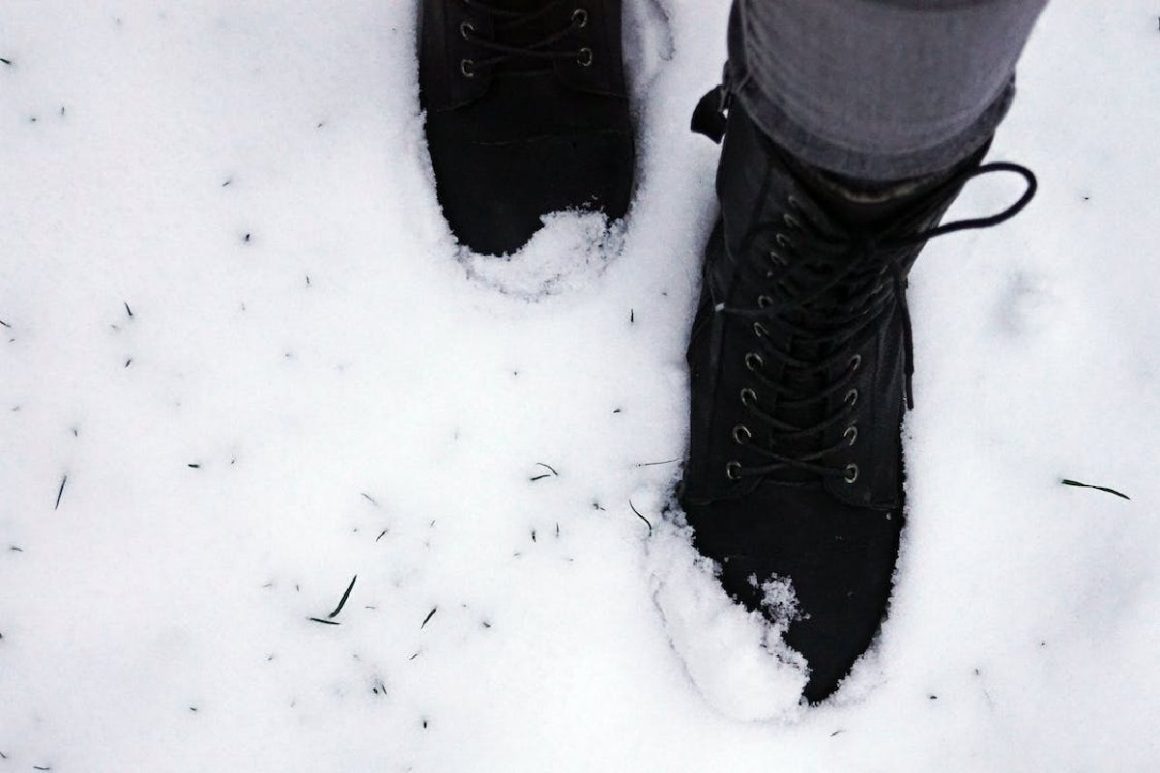Winter boots are more than just footwear. They’re your companions during the harsh winter months, shielding your feet from cold, snow, and slush. Unfortunately, the same elements that they protect you from can also take a toll on the appearance and durability of your beloved boots.
To keep your boots looking brand new and performing at their best, you need to invest time and effort in proper maintenance. Here are a few tips to help you preserve the pristine condition of your winter boots and ensure they last for years.
Table of Contents
#1 Regular Cleaning
Maintaining the cleanliness of your winter boots is essential to keep them looking brand new. According to CubeSmart, during winter, your boots are exposed to a variety of elements, including snow, salt, mud, and water. All these can leave unsightly stains and marks. The only way to protect your boots from these elements is through regular cleaning.
You can start by brushing off loose dirt or debris from your boots’ surface. Consider using a soft-bristle brush or a damp cloth for this. Afterward, mix a solution of warm water and mild soap, and then use a soft cloth to gently scrub the exterior of your boots. Avoid over-scrubbing the boots as it can damage the material.
Then, rinse your boots with clean water and dry them using a towel. Always remove the insoles when cleaning the boots and let them dry separately. For salt stains, mix equal parts of white vinegar and water and apply it to the affected areas with a cloth or sponge.
#2 Waterproofing
Winter boots are exposed to moisture on a regular basis. Without proper protection, this can lead to unsightly water damage, not to mention discomfort for your feet.
To prevent water from seeping into your boots and to maintain their appearance, it’s essential to waterproof them. Depending on the material of the boots, you can choose from a variety of different waterproofing products.
If you’re using leather boots, the No Man Before blog suggests using a waterproofing wax or cream specifically designed for leather. Apply the product evenly and let the material absorb it. For suede boots, opt for a waterproof spray to create a protective barrier. Always make sure that you’re giving your boots the time to dry completely before wearing them again.
Keep in mind that even with waterproofing, it’s essential to reapply the product periodically. The frequency of reapplication will depend on how often you wear your boots and the weather conditions you’re wearing them in.
#3 Storage
Proper storage is a crucial aspect of winter boot maintenance. Sadly, many people often overlook its necessity.
After wearing your boots, you should never stow them away immediately. Instead, you must let them dry first. Storing wet boots can lead your boots to develop mold or mildew.
Spruce advises that you avoid drying shoes in a clothes dryer. The high heat from these dryers can ruin the material of your boots or shoes. Instead, consider getting yourself portable boot dryers.
Whether it’s a pair of rubber boots, work boots, or any other type of boots, a boot dryer will dry them completely. You can easily stay warm with CozyWinters electric boot dryers. Boot dryers here will cost you as low as $40 to $50. Most of them can dry your boots within a couple of hours.
Storing your boots near radiators or heating vents can cause the materials to dry out and crack. If you have the space, storing your boots in breathable fabric bags or pillowcases can protect them from dust and help maintain their appearance.
#4 Sole Maintenance
The soles of your boots take the most beating during the winter season. Salt, sand, and rough terrain can wear down the tread and reduce the grip of your boots. To keep them looking brand new and ensure they provide excellent traction, you should regularly inspect and maintain the soles.
To prevent excessive wear, avoid wearing your winter boots on dry, hard surfaces like concrete. Use an old pair of shoes for such conditions and reserve your boots for the elements they are designed to withstand.
#5 Rotate Your Footwear
To keep your winter boots looking brand new, it’s a good practice to rotate your footwear. This means having multiple pairs of boots and alternating their use.
When you switch between boots, you give each pair a chance to air out and recover. This can help you avoid excessive wear and tear in your boots.
Rotating your boots also allows you to adapt to different weather conditions. You can choose the most appropriate pair for the day, whether it’s heavy snow or a mild winter day. This not only keeps your boots in better shape but also ensures you’re comfortable and protected in all weather conditions.
Conclusion
Maintaining your boots in excellent condition is not only about appearance but also about ensuring their functionality and longevity. By following these tips, you can keep your winter boots looking brand new. That way, you don’t have to worry about investing hundreds of dollars every winter in new ones.
Also Read: Acrylic Nails Ideas for Every Season and Occasion


